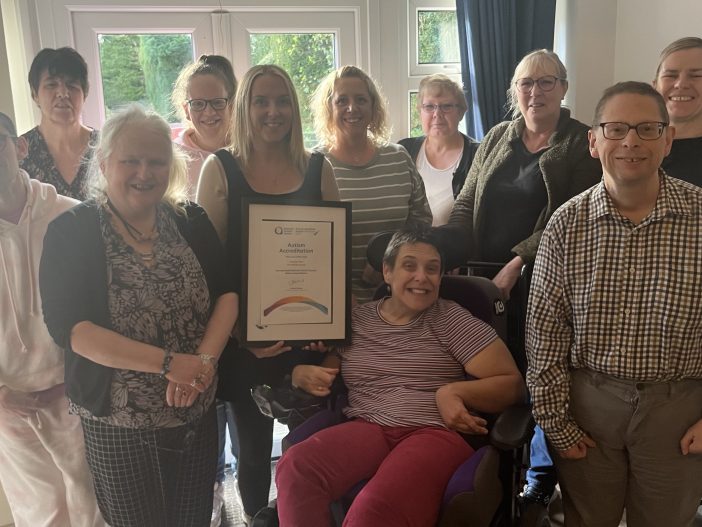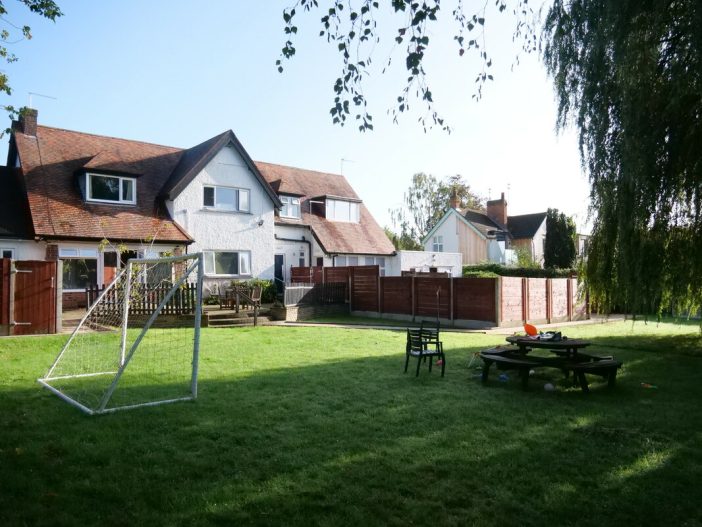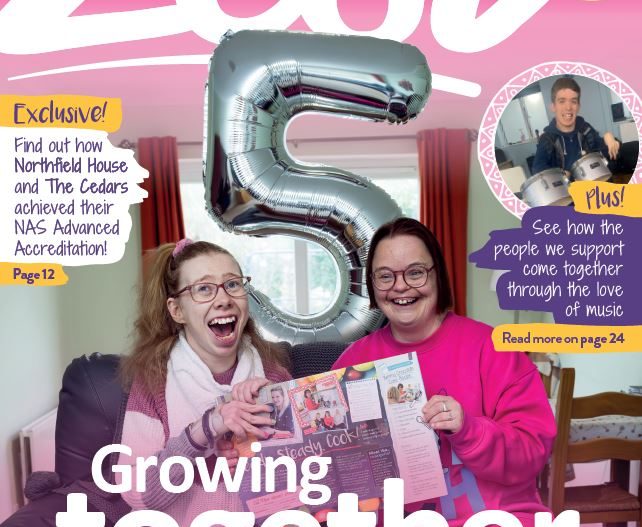Autism – sensory processing
Blog post by Gail Withington, BROCS Day Centre
Autistic people often experience sensory processing disturbances, which means they are often over (hyper) or under (hypo) sensitive to external stimuli. We support a number of people who are hyper sensitive to noise and the range and volume of the noise they can tolerate differs greatly. Some people may be able to tolerate loud music, but need to put their hands over their ears if someone speaks. This is because individuals who are ‘hyper’ sensitive to noise are not hyper sensitive to all noise. Also, they are able to be more tolerant of a noise if they know the noise is coming. By saying to someone ‘I am just going to say something to ** and then leave’ will enable the individual to prepare themselves for the noise and reduce anxieties.
We support people who are ‘hypo’ sensitive to hearing and will seek out sounds and bang objects or shout very loudly, which can create anxiety in the people who are ‘hyper’ sensitive to noise. To support all individuals we ensure that people with these differences do not attend the same sessions. We also provide ear defenders and ear phones to enable those with hyper sensitivity have some protection to the noise around them.
We also support autistic people who are hyper and hypo sensitive to touch, this can mean they are unable to wear certain fabrics or types of clothing. Two of the people we support can’t tolerate socks or shoes on their feet and for this reason use a wheelchair to access the community. Autistic people who are hyposensitive to touch are unable to feel light touches, pain or temperature changes. This can result in the individual seeking out deep pressure such as rough playing, requesting deep pressure massage, wanting to wear tight clothing or use weighted blankets.
A large number of people who attend our day centre experience some form of sensory processing disorder from vestibular (fast spinning and unable to keep still) to proprioception (where the body is in time and space – hyposensitivity). We provide sessions within the centre to support sensory problems such as our craft, art room or gym to promote fine motor skills. We also have a sensory room to enable us to support people with calming or stimulating through their senses.
People with autism can find it difficult coping with the various sounds, sights and activities that surround them. This may be due to their sensory threshold or tolerance level being lower than the rest of us. This overload of information from their environment can lead to behaviours that may be challenging to those around and therefore, to support individuals with this we provide a number of quiet rooms. The rooms are used when individuals require access to somewhere that is quiet and which is a calming space.

 Information
Information 

